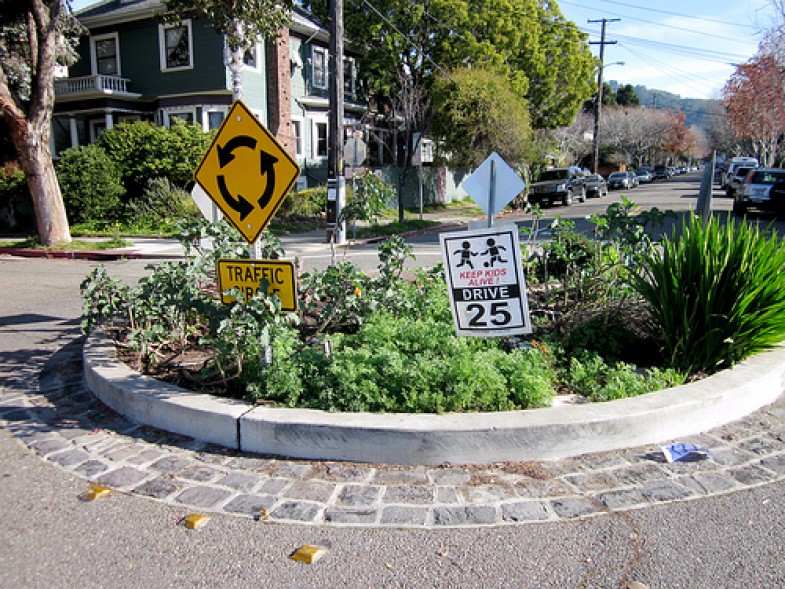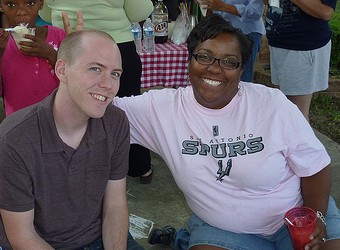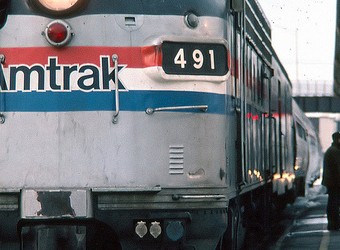Traffic calming has swept the world over the past 20 years. It’s based on the rather simple idea that cars and trucks don’t have exclusive ownership of our streets. Streets are shared commons that also belong to people on foot and bicycles, in baby strollers and wheelchairs. Reminding motorists of this fact, traffic calming uses design features such as narrowing roads, adding speed bumps or elevating crosswalks to slow traffic and assert pedestrians’ right to cross the street.
This idea has altered the literal landscape of urban life in the Northern Europe, North America and the rest of the world as people move about their communities with more ease and pleasure.
The origins of this ingenious idea trace back to Delft, Netherlands, where residents of one neighborhood were fed up with cars racing along their streets, endangering children, pets and peace of mind. One evening they decided to do something about it by dragging old couches, coffee tables and other objects out into the roadway and positioning them in such a way that cars could pass but would have to slow down. Police soon arrived on the scene and had to admit that this project, although clearly illegal, was a really good idea. Soon, the city itself was installing similar measures called woonerfs (Dutch for “living yards”) on streets plagued by unruly motorists.
One can only imagine the response of city officials if these neighbors had meekly come to city hall to propose the idea of partially blocking the streets; they would have been hooted right out of the building. But by taking direct action, they saved their neighborhood and improved everyday life in cities around the world.
Adapted from The Great Neighborhood Book: A Do-It-Yourself Guide to Placemaking (New Society Publishers).






